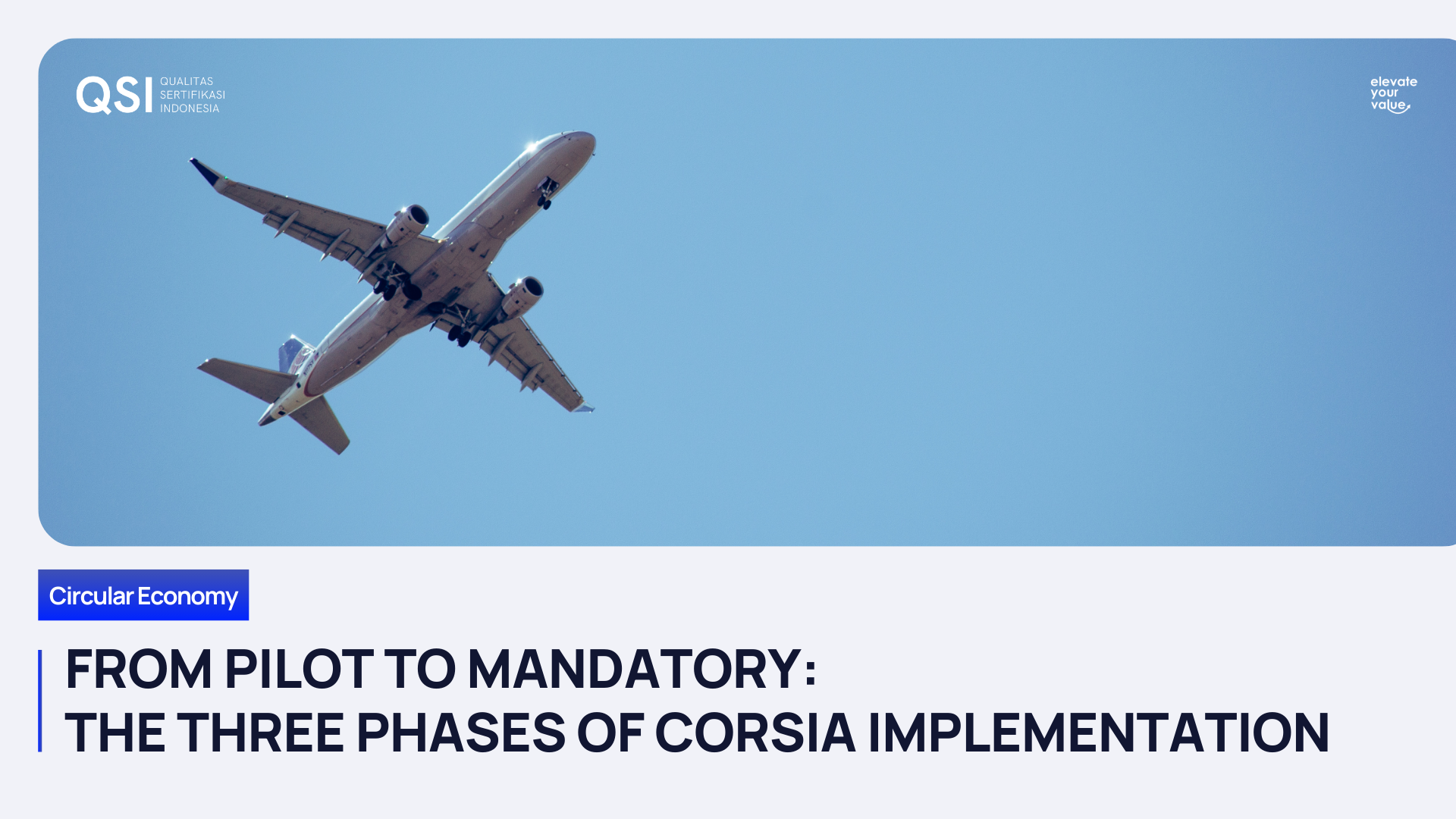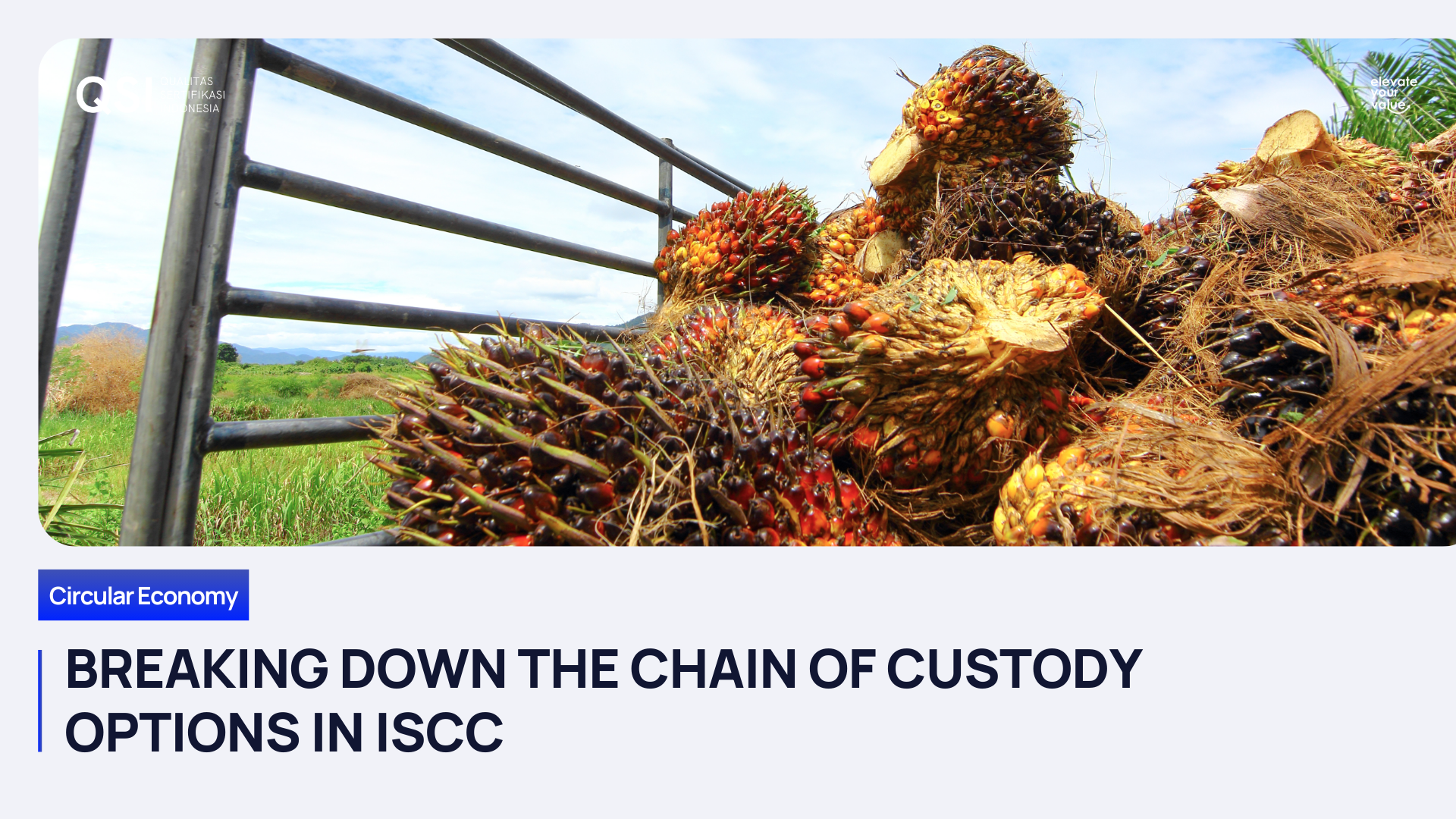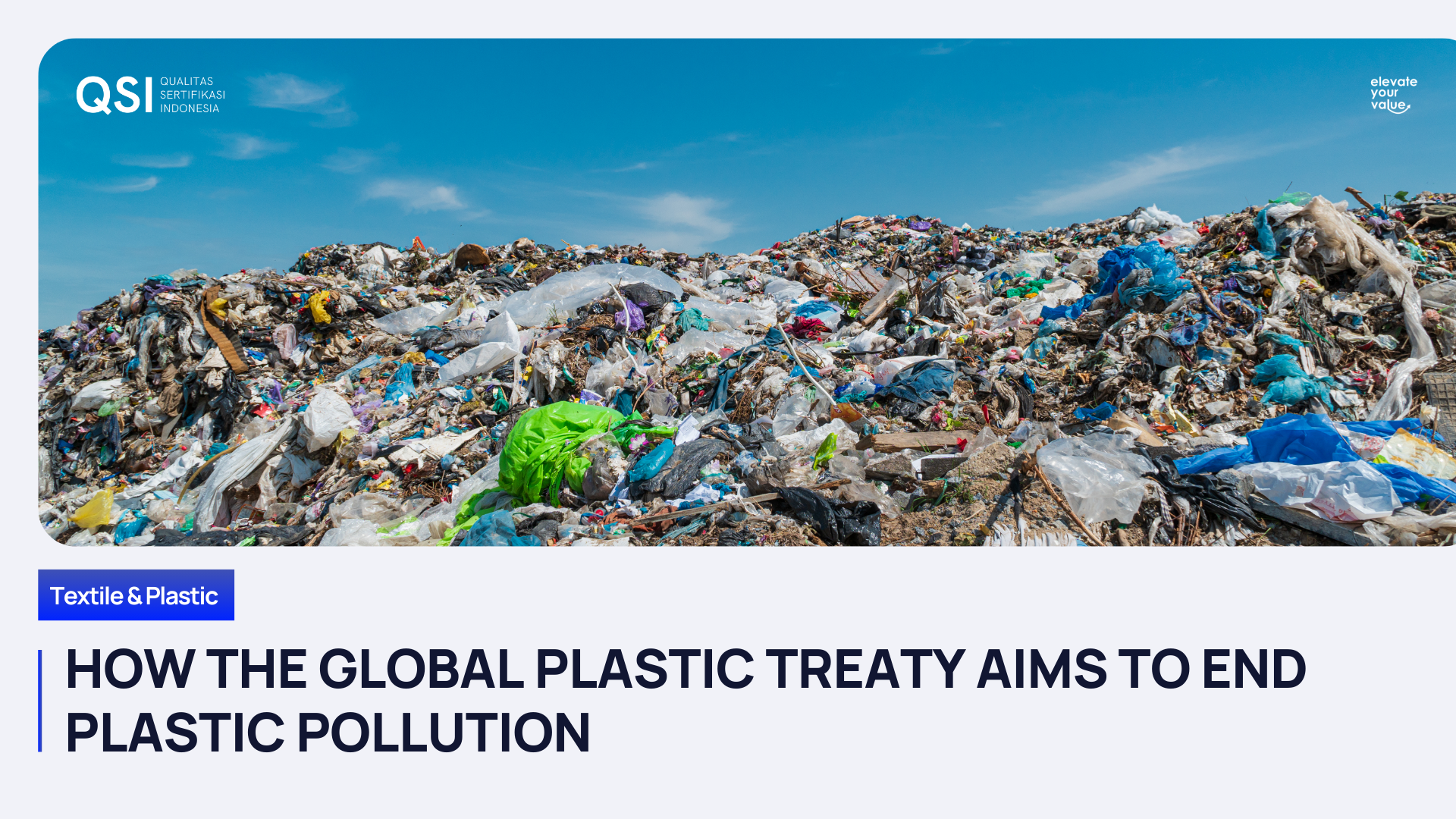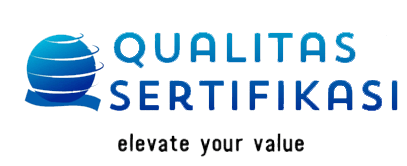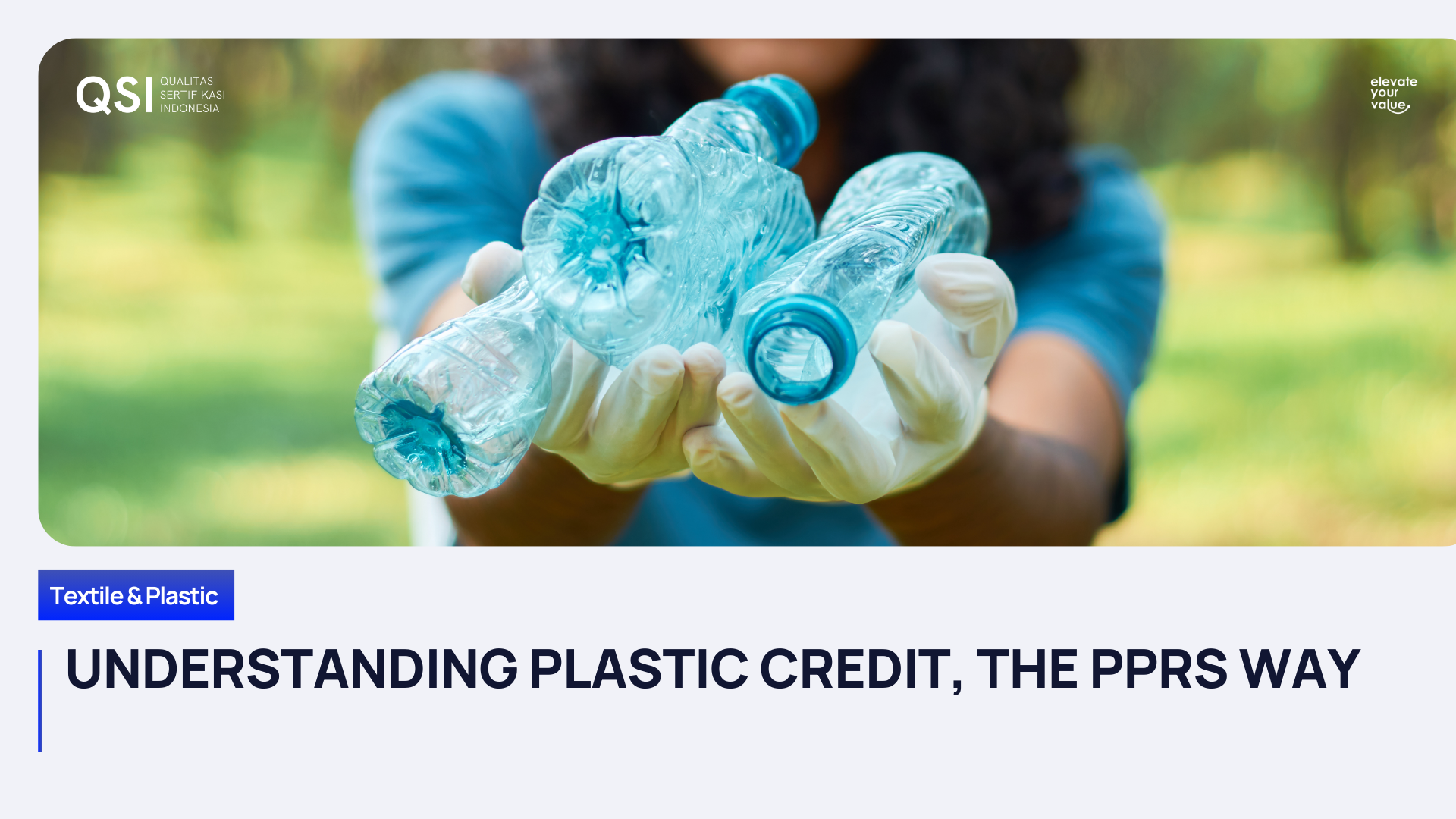Unity and Sustainability: QSI’s Team Outing in Yogyakarta
In September 2023, the team at QSI embarked on a unique and enriching journey to the cultural heartland of Indonesia, Yogyakarta. The purpose of our annual team outing was not only to escape the hustle and bustle of our daily work routines but also to deepen our bonds as a team while exploring the fascinating cultural wonders of the Special Region city. The event, which took place from September 7th to 10th, was a delightful mix of cultural immersion, team-building, a deep commitment to sustainability, and, of course, loads of fun games to boost our teamwork.
Exploring the Cultural Gems of Yogyakarta
Our journey commenced with a visit to the breathtaking Mangunan Pine Forest. Nestled within nature's embrace, this serene forest provided the perfect backdrop for team bonding. With lush greenery and cool, crisp air, it was an ideal setting to connect with colleagues and appreciate the tranquility of nature.
We delved deeper into Jogja's history with a visit to the mystical Taman Sari Water Castle. This historical site, once a royal garden and bathing complex, offered us a glimpse into the grandeur of the past. Our team strolled through its ornate chambers and hidden chambers, soaking in the unique architectural and historical elements.
A visit to Malioboro Street was a lively affair. With its bustling markets, vibrant street food stalls, and eclectic shopping experiences, Malioboro Street immersed us in the pulse of local life. It was a vivid display of Jogja's dynamic culture.
The Alun-Alun Kidul, a central square flanked by majestic banyan trees, became the stage for team games and bonding activities. The open space was a testament to the city's rich heritage, and we felt privileged to share in its beauty.
Our journey of cultural exploration was incomplete without indulging in Jogja's authentic cuisine. We savored local delicacies, from gudeg to sate klatak, and learned about the culinary traditions of the region.
Commitment to Sustainability: CSR with Daur Resik and SENA
In line with our dedication to corporate social responsibility, we also organized an event with two exceptional organizations, Daur Resik and SENA. The primary focus of this CSR initiative was to learn about and actively contribute to sustainable waste management.
Daur Resik, a local waste recycling and upcycling organization, shed light on the importance of recycling and managing waste responsibly. We participated in hands-on activities that allowed us to better comprehend the significance of reducing, reusing, and recycling to lessen our environmental footprint.
SENA, on the other hand, is dedicated to enhancing environmental awareness. Their informative session reinforced our understanding of sustainability and the collective responsibility we bear to protect our planet.
Strengthening Bonds and Building Unity
The primary goal of our team outing was to foster a stronger sense of unity within our team. By exploring Yogyakarta's rich culture and taking part in impactful CSR activities, we achieved just that. But we didn't stop there!
Our time in Yogyakarta wasn't just about serious learning and cultural exploration. We balanced our activities with a bunch of fun games designed to increase teamwork. From enchanting magic tricks and heartfelt poetry performances to spirited singing and even viral TikTok dances, we embraced a wide range of talents. These activities not only fostered teamwork but also created endless moments of laughter and connection.
As we return to our daily work routines, we carry with us the memories of this unforgettable experience in Yogyakarta. It was not just an opportunity to explore a beautiful city but also a chance to explore ourselves, our commitment to sustainability, and the fun we can have while strengthening our teamwork. Our team is now more bonded, more culturally enriched, and more committed to a sustainable future, all while cherishing the fun moments we shared during this memorable event.
Recent posts
Drop us a line
Contact Us
Share
